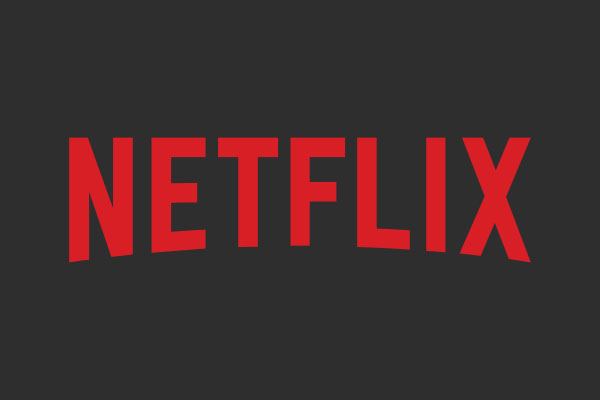
Understanding Netflix's Price Surge in 2024

Exploring the Factors Behind Netflix's Potential Price Increase in the Coming Year
The Evolution of Streaming Platforms
Background:
The landscape of streaming services has undergone a dramatic transformation in recent years, fueled by advancements in technology and shifting consumer preferences. The advent of high-speed internet and the widespread availability of smart devices have made streaming more accessible and convenient than ever before. As a result, streaming platforms have become the go-to source for entertainment for millions of consumers, gradually replacing traditional cable and satellite TV.
The rise of streaming services has also led to intense competition among platforms. While Netflix and Amazon's Prime Video have long dominated the industry, new players such as Disney Plus, Hulu, Paramount Plus, Peacock, and Max have emerged, representing various studios and offering a diverse range of content. This influx of competition has not only expanded the choices available to consumers but has also driven innovation and the production of high-quality original content.
The Impending Price Adjustment
Background:
Netflix, with its 260 million global subscribers, stands at the forefront of the streaming revolution. However, despite the relatively affordable pricing of individual streaming services, the cumulative cost of subscribing to multiple platforms has been steadily increasing. Consumers are now faced with the dilemma of balancing their desire for a variety of content with the financial burden of multiple subscriptions.
In response to this trend, Netflix is preparing for another potential price hike in 2024. The company's Co-CEO, Greg Peters, hinted at the imminent price increase during the Q4 2023 earnings call, indicating that Netflix is ready to resume its standard approach towards pricing after a period of holding off on adjustments while implementing paid sharing features. Netflix has successfully executed price increases in key markets such as the US, UK, and France, surpassing their own expectations.
The Price Structure and Consumer Response
Background:
Netflix has implemented a tiered pricing structure, offering different plans with varying features and content quality to cater to different consumer preferences and budgets. Over the years, the streaming giant has gradually increased its prices, with significant changes occurring in 2022 and 2023.
In 2022, all three subscription plans – Basic, Standard, and Premium – experienced price hikes ranging from $1 to $2. Furthermore, Netflix introduced a new 'Basic with Ads' plan priced at $6.99 per month, providing a more affordable option for those willing to tolerate occasional advertisements.
The following year, Netflix discontinued the original Basic plan for new subscribers and further increased prices in October. The Basic and Premium plans saw price hikes of $2 to $3, while the Standard plan with ads was introduced at $6.99 per month, the ad-free Standard plan at $15.49 per month, and the Premium plan at $22.99 per month. Additionally, subscribers have the option to add an extra paid member for $7.99 to avoid any login restrictions.
While Netflix has faced criticism from some consumers regarding its price increases, particularly from those who subscribe to multiple streaming services, the company has also witnessed a surge in new subscriptions following its crackdown on password sharing. This crackdown, although met with initial backlash, ultimately led to 13.1 million new sign-ups in the last quarter of 2023 alone, indicating that consumers are still willing to pay for the high-quality content Netflix offers.
Overall, the impending price adjustment by Netflix in 2024 is a response to the evolving streaming landscape, increased production costs, growing competition, and the need to continue investing in new content. As the streaming industry continues to evolve, consumers will have to carefully consider their subscription choices and determine the value they place on the content provided by each platform.













